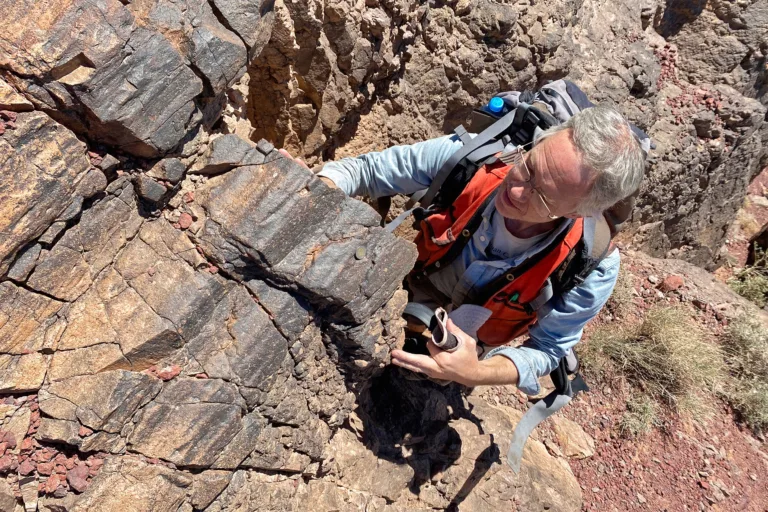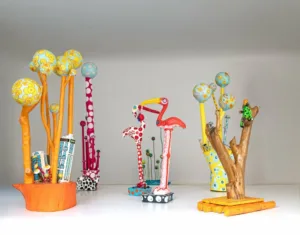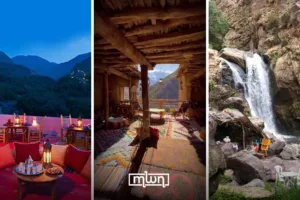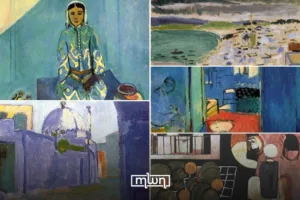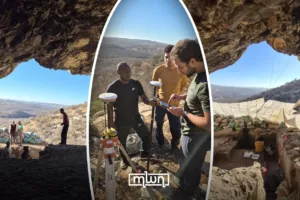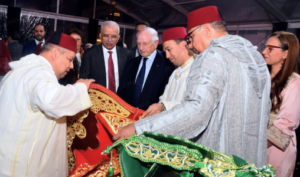Fez — Morocco’s National Institute of Archaeology and Heritage has launched a month-long field season at Bizmoune Cave to refine the story of early humans in North Africa. Work runs from November 3 to December 3, with a Moroccan, American, and French team continuing excavations at levels famous for the world’s oldest known personal ornaments.
Project lead Abdeljalil Bouzouggar said the new campaign builds on earlier work and expands surveys across the Essaouira province. Researchers have now logged more than 300 archaeological locations, including on Jbel el-Hadid and Jbel el-Kourati, which strengthens the region’s role in human origins research.
The current excavations report the discovery of advanced stone tools at least 150,000 years old, among them spear-like points linked to hunting. The team also recovered remains of extinct fauna with sub-Saharan affinities, evidence that Essaouira once sat at a crossroads between Mediterranean and Saharan worlds.
One headline concerns the Barbary lion. Bones from deposits at Bizmoune indicate the lion lived in the area about 110,000 years ago. Comparative records from Atlantic Casablanca push the lineage back much further, which suggests a long history before later overhunting led to extinction.
Bizmoune’s fame rests on its shell beads, first published in 2021 and dated to 142,000 to 150,000 years. New analyses now indicate the ornaments are older than earlier estimates, which raises the site’s profile as a benchmark for early symbolic behavior. The bead assemblage remains the earliest known example of personal adornment.
Material from the cave paints a broad ecological picture. The team reports ostrich eggshell, plant remains that likely entered the human diet, and bones from rhinoceros, bovids, horses, antelopes, and extinct gazelles. Together these finds offer a window onto landscapes used by early Homo sapiens.
The 2025 effort is a partnership between INSAP, the University of Arizona, Aix-Marseille University, Hassan II University of Casablanca, and other institutions. The approach combines targeted excavation inside the cave with regional survey to connect site biographies to wider settlement systems.
By revising dates for ornaments and adding new evidence for tools and fauna, Bizmoune continues to shift timelines for technology and symbolism in the west of the continent. As the field season advances, the cave remains a focal point for how early people adapted to varied environments and expressed identity through objects.






